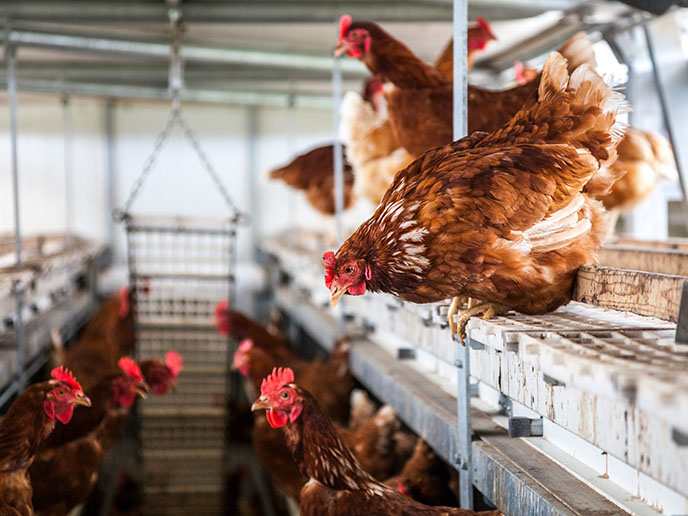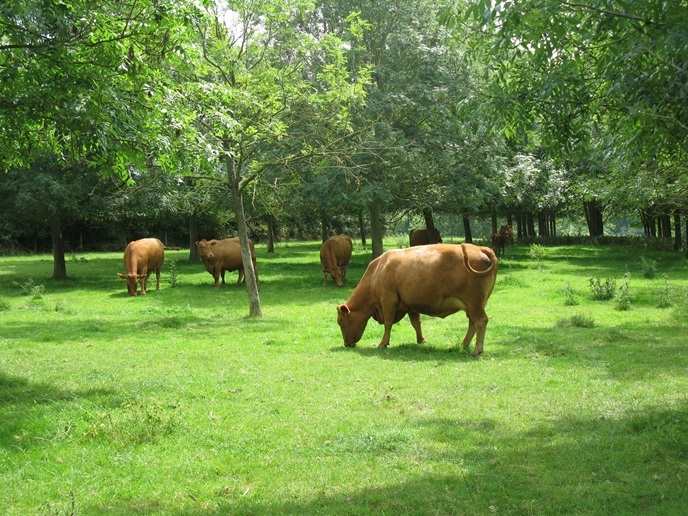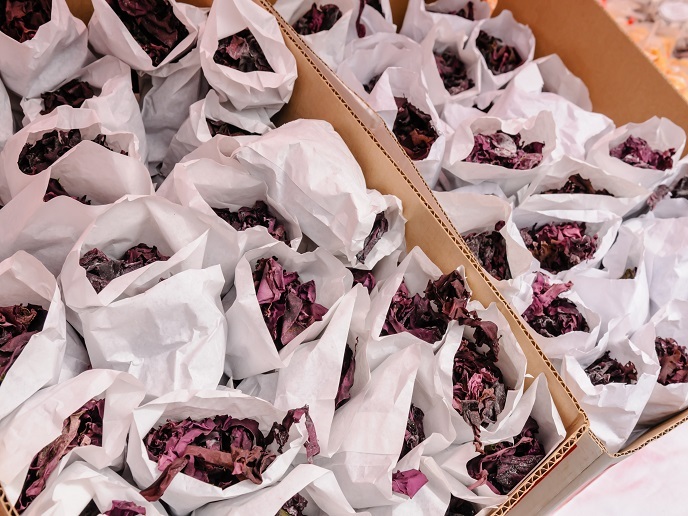Brain insights could help reduce stress in hens
The move away from holding hens in tightly enclosed spaces has resulted in a range of new housing designs. Some can be thought of as apartments for chickens, with different levels and separate areas for feeding and laying eggs, while others provide outdoor space. While these housing systems are a definite improvement on traditional battery cages – banned in the EU since 2012 – identifying the environments most suitable for hens remains challenging. “We still don’t really know what environments birds find least stressful,” notes CHICKENSTRESS(opens in new window) project coordinator Tom Smulders from Newcastle University(opens in new window) in the United Kingdom. Hens also naturally congregate in small groups. It is possible therefore that the birds might instinctively find big housing systems stressful. Demonstrating this conclusively however has proven difficult.
Identifying causes of and responses to stress
The CHICKENSTRESS project, undertaken with the support of the Marie Skłodowska-Curie Actions(opens in new window) programme, sought to identify possible ways of reducing stress in new housing systems. To achieve this, the project combined questions concerning animal welfare – what causes stress for example – with more neurobiological(opens in new window) approaches. “When it comes to how bird brains regulate stress responses, there is a lot we still don’t know,” explains Smulders. “Early-stage chick rearing and genetics could also have an influence on stress resilience.” This work was divided among a network of PhD candidates, who addressed specific aspects in both their home and host institutions. Some researchers took a basic neuroscience approach, to better understand how exactly the brain controls the stress response. Others looked at how stress might affect sleep, or how different environments or early life influences might impact behaviour. “We know that chronic stress can reduce the numbers of certain cells in the hippocampus,” adds Smulders. “So researchers counted these cells, to see how their manipulations were affecting the experience of stress in the birds.”
Brain development and stress levels
While some researchers are still to finalise their work, some interesting findings have been made. One suggestion is that letting some light into incubation and hatching facilities – which tend to be constantly dark – could have a positive impact on early-stage brain development. Another project looked at encouraging animal navigation in multilevel housing systems. Moving LED lights were installed on ramps, which encouraged curious young chicks to follow them. A company that builds poultry housing is looking at ways of incorporating this into their systems. “Another researcher found that the more a cage is enriched with items that birds can interact with, the more their stress hormone levels were lowered,” says Smulders.
Integrating neuroscience with other disciplines
These results are very preliminary, but Smulders believes that the project’s unique integration of neuroscience with more applied science and industry is bearing fruit. A number of researchers have gone on to secure new projects, based on their work in CHICKENSTRESS. “One such project focuses on genetics,” remarks Smulders. “Most of the hens we use have been selected for doing well in the old battery cages. There could therefore be a mismatch between genetic selection and current farming practices.” This, believes Smulders, underlines the growing influence of neuroscience when it comes to animal welfare. “While measuring animal behaviour and stress hormones is important, there is recognition that there may be something more subtle going on in the brain,” he says.







